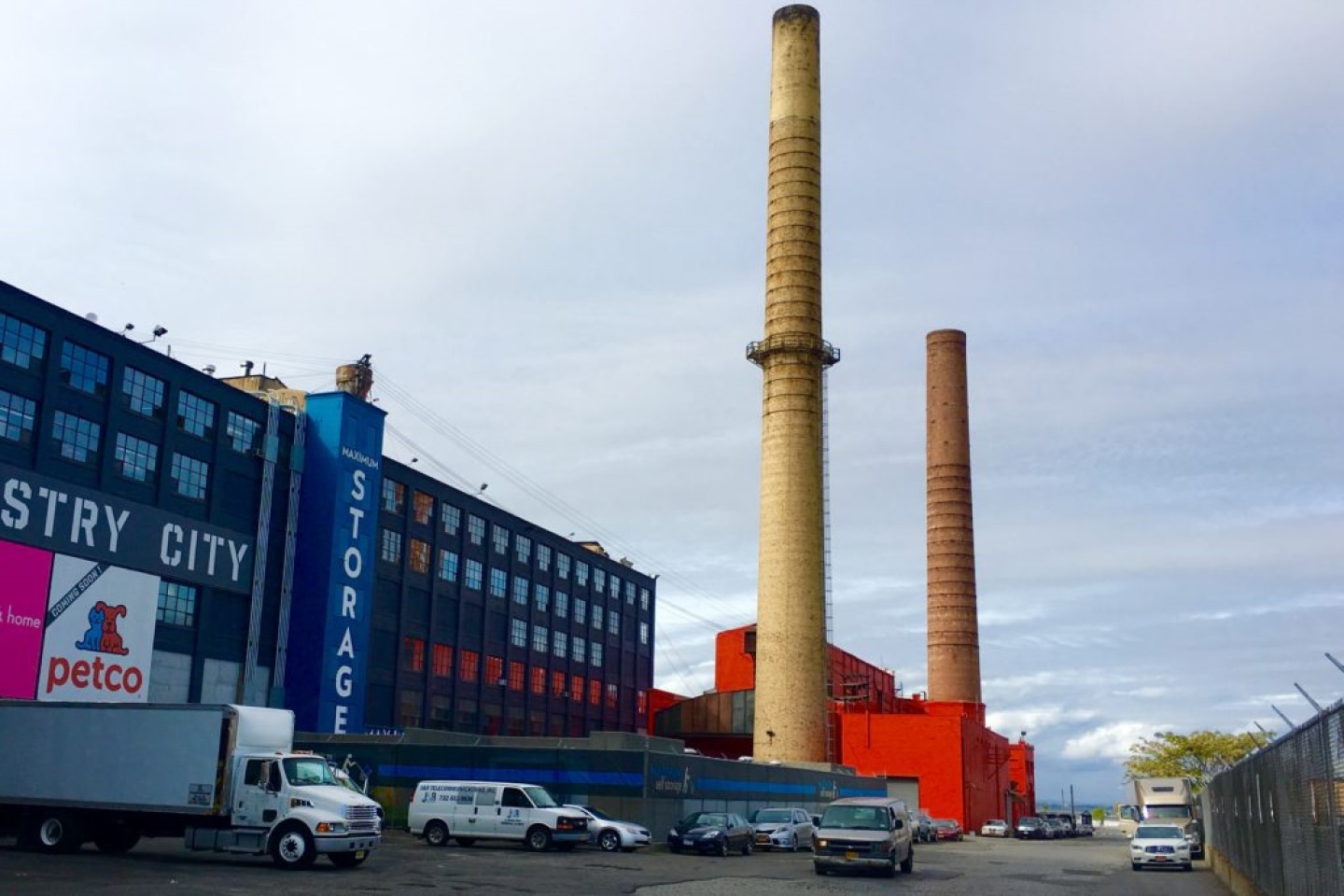
The Threat to NYC’s Growth, Affordability and Quality of Life
Blog Post
December 27, 2019
How recent rent control efforts could signal that NYC is closed for business
After decades of rent control, New York City is a perfect case study on the unintended consequences of artificial rent ceilings. The city’s system has contributed to soaring rents by removing stabilized apartments from the supply-side of the market, becoming a major driver of the affordable housing crisis. Meanwhile, the condition of stabilized dwellings which make up almost half of our housing stock has fallen woefully behind market-rate standards as expenses rise faster than rents.
Ironically, while any microeconomics text will demonstrate how rent ceilings cause housing shortages, it seems that the longer New York’s rent controls are in effect and the more the gap between the price and quality of stabilized dwellings and their free-market counterparts grows, the stronger the political will becomes to add fuel to the fire by imposing even more rent control. Today’s political agenda increasingly favors strengthening the existing system, as evidenced by the passing of June’s Housing Stability and Tenant Protection Act. In its aftermath, New York’s tenant coalition and members of the city council want to take things even further and broaden rent control laws to regulate free market apartments and commercial spaces by means of the “Good Cause Eviction Bill” and the “Small Business Jobs Survival Act”.
“Good Cause Eviction” amounts to universal rent control. It would limit rent increases on free market units to 1.5 times that year’s growth in the consumer price index and take away an owner’s ability to evict a tenant for anything other than what the law deems ”good cause,” for example extended arrears or criminal activity. The “Small Business Jobs Survival Act” is commercial rent control and would apply to retail spaces of 10,000 square feet or less and to industrial and office spaces of 25,000 square feet or less and introduce a rent guidelines board to oversee allowable rent increases. It would also give tenants in these spaces an automatic 10-year lease renewal option and force both parties into arbitration if they cannot agree on the rent increase. Both bills would drastically shift the balance of power away from landlords and toward tenants. Similar to rent stabilization, these far reaching changes would remove landlord’s financial incentives to invest in improvements and renovations and more than likely send most of New York’s building stock on a gradual descent into the same disrepair and neglect as stabilized housing has experienced.
Imposing universal rent control would close the city off to most newcomers and much of the talent pool which makes NYC so attractive to new business. In the same way rent stabilization has driven up prices for free-market apartments, curbing rent growth on all units would act like rocket fuel to the price of vacant units. Over time, tenants with below market rents would face a growing incentive to stay put, keeping more units out of the market’s supply side. In addition, most owners fortunate enough to have a vacancy would have an incentive to hold out for the highest rent possible and to think long and hard before committing to a new lease since doing so would mean signing a contract with no end date. The process of finding an affordable place to live under those circumstances would be excruciating.
The effects of commercial rent control would mirror those of universal rent control, making it exceedingly difficult and expensive to rent commercial space while hurting the types of businesses the bill purports to help. Giving tenants a legal right to indefinite renewal terms would make landlords reluctant to rent to small business owners who lack a demonstrated track record of success or a deep reserve of capital. It would also amplify the risk of renting space at below market rent, giving owners little choice but to keep space vacant for extended periods of time while they search for a perfect match.
The natural evolution of the city’s commercial landscape would grind to a halt depriving our communities from having the shops, amenities and entertainment that they desire. In a free-market economy, people vote with their wallets. Market rents are a function of what businesses which successfully serve consumers are willing to pay for space. If the community isn’t willing to pay enough for a business’s services to cover the rent, then that business is no longer the location’s highest and best use. Instead of allowing a better suited enterprise to take its place, commercial rent control would force a suboptimal and outdated use on the community and force the building’s owner to subsidize its existence with rent concessions.
At the heart of New York’s real estate affordability crisis is a supply and demand disparity between those who need space and the available space to go around. Instead of addressing the issue by adding to the supply by encouraging more housing density and development, broadening rent control to free market and commercial spaces has the potential to stop most new development altogether. The vast majority of new construction within the city limits is in fact redevelopment involving sites already occupied by obsolete or underdeveloped structures. Giving practically all tenants an indefinite right of possession beyond their original lease term would render most of these sites unbuildable as vacating them becomes cost prohibitive. Imagine the cost of negotiating a commercial tenant buy-out where that tenant is legally entitled to a 10-year renewal.
While the intent of both bills is to protect renters, their passage would harm the city’s real estate stock, its future development potential and compound its affordable housing crisis. What makes New York a leading world city is its ability to attract new talent, business and investment from all over the globe. The city relies on this ability to fuel its economy, jobs and tax revenues. Signing these bills into law would signal to the world that New York City is closed for business and to newcomers.
Jakub Nowak is a Senior Vice President Investments, Team Leader and Associate Real Estate Broker at The Nowak Group of Marcus & Millichap.



